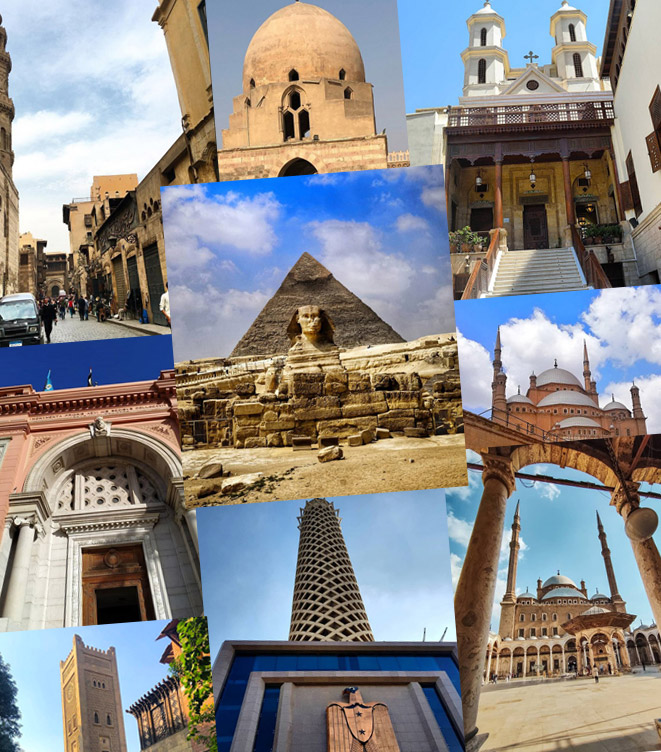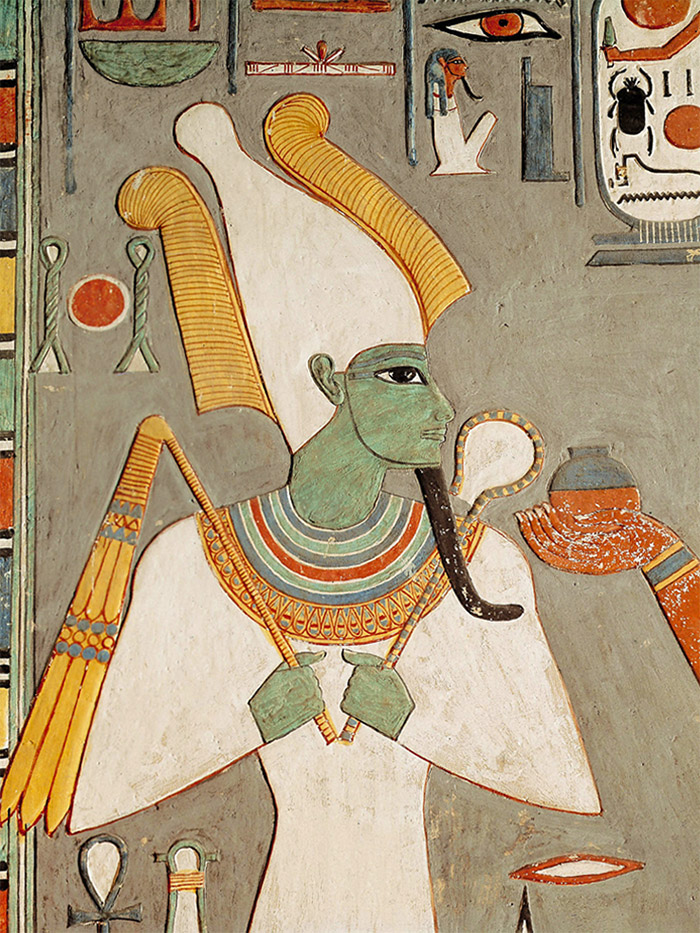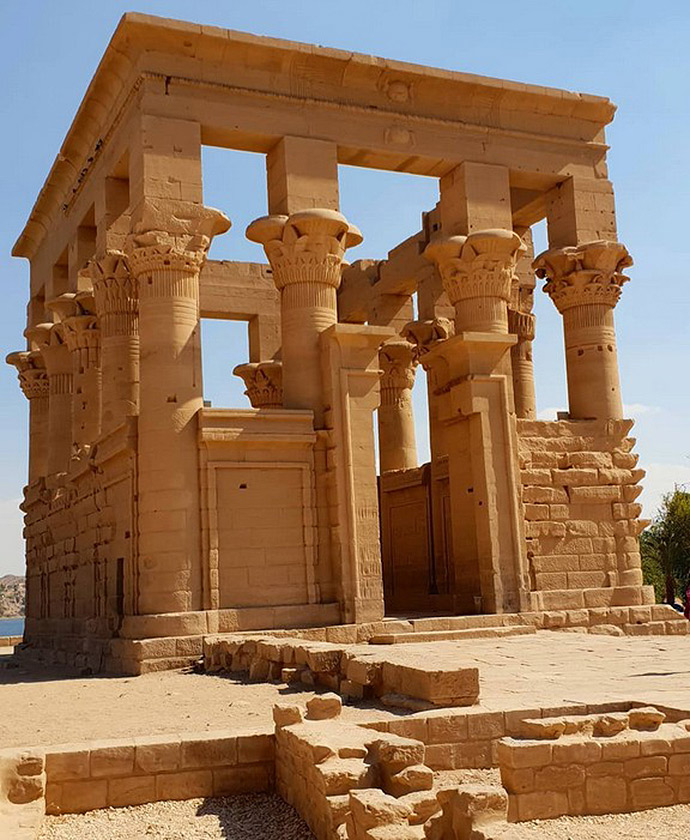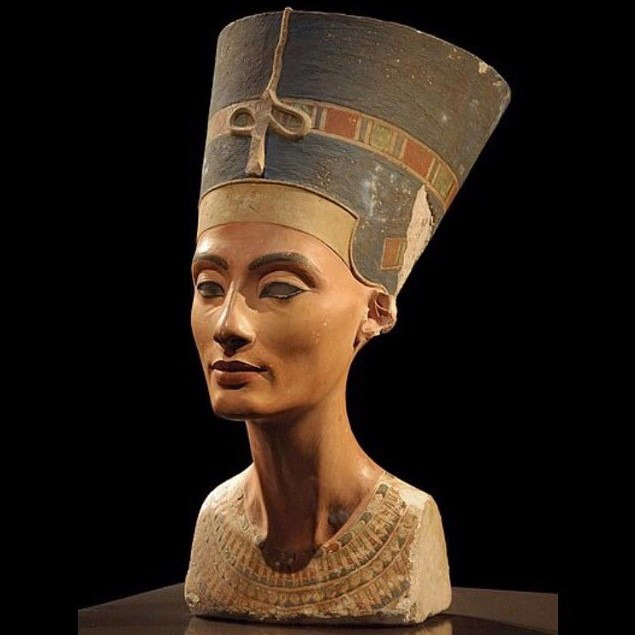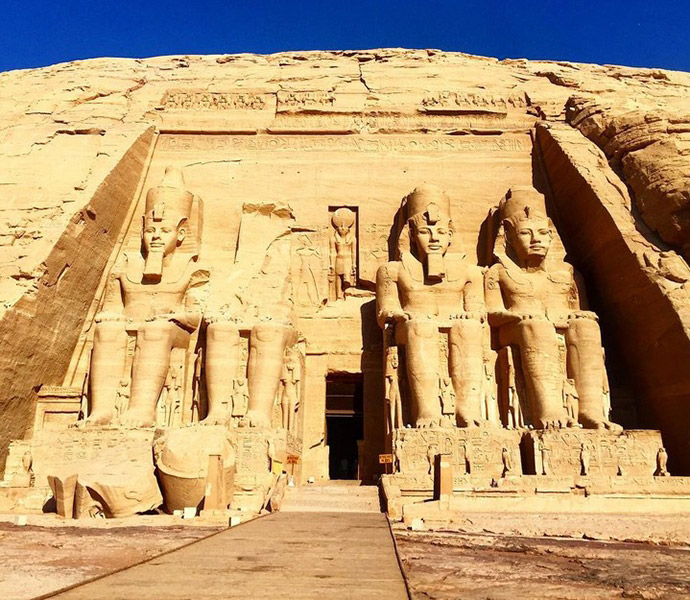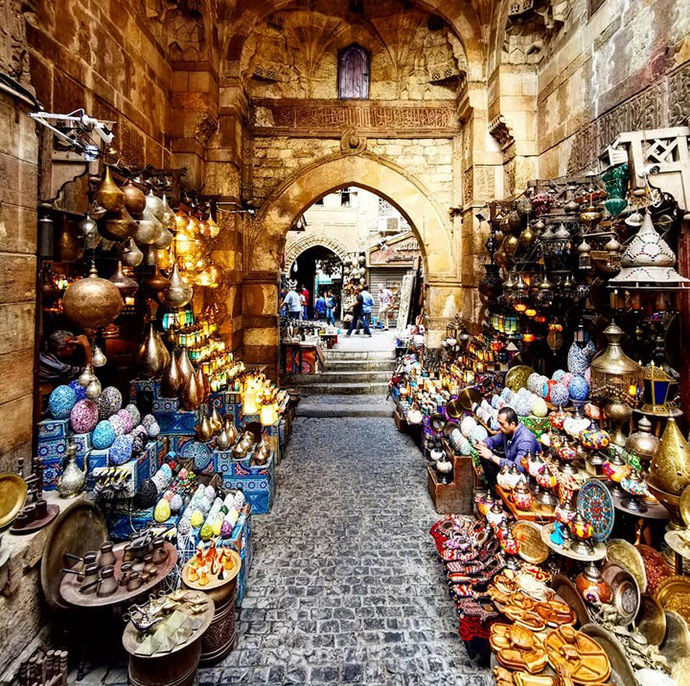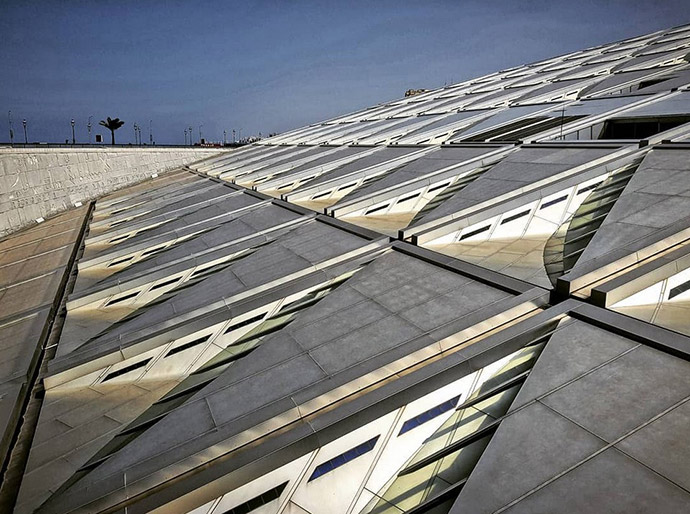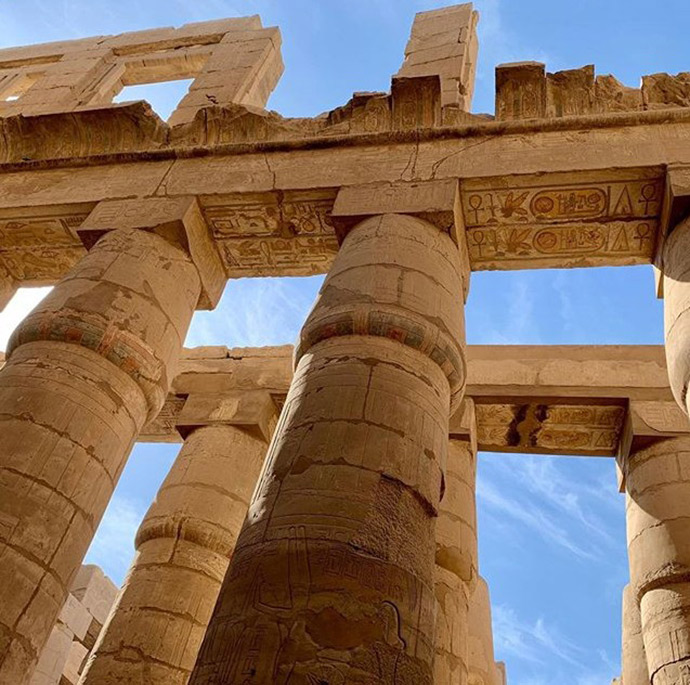
Karnak is the ancient site of a temple built in honour of Amun, Mut and Khonsu, at Thebes (now Luxor), Egypt. The complex consists of three main temples and many smaller temples.
The word Karnak, comes from the Arabic “Khurnak”, which means “fortified village”. Ancient Egyptians called it, “Ipet Isut”, meaning “most chosen of places”.
The Significance of Karnak
The ancient Egyptian population, considered Karnak, one of the most sacred sites in Egypt. It is considered the place of the gods because the temple is claimed to be built at the spot where Ptah, the creator-god, began his work of creation.
Karnak is also believed to be the point where Amun-Ra, who is regarded as one of the most important gods of ancient Egypt, interacted with humans on earth.
When was Karnak Temple built?
No one knows for certain when the Karnak temple was built, but historians place it between 2055 B.C. to 100 AD. Thus, making it over 4,000 years old.
Who built the Temple of Karnak?
The Temple was built by King Ramesses III, the last of the great pharaohs. Thirty pharaohs made further significant improvements to Karnak, turning it into a colossal wonder. It was the New Kingdom’s most sacred site.
Every ruler of Egypt that worked on developing the site, created a series of pylons at Karnak. These pylons served as gateways and linked to each other via a network of walls. The inscriptions on the pylons relate the stories of the ruler that built them, and thus, their contribution will live on forever.
King Nectanebo I, from the 30th and final dynasty of ancient Egypt, carried out the last construction work. He built a large wall enclosing the site and added a temple, which was used as a ‘hypogeum’ or an underground burial site.
When the Romans conquered Egypt in 30 B.C., work on the temple tapered off and stopped.
How big is The Karnak Temple?
The Temple of Karnak, as it is known, is claimed to be the largest religious complex ever constructed. It is so immense that the world’s three well-known cathedrals, St Peter’s, Milan, and Notre Dame, would fit within its walls.
The Great Hypostyle Hall, measuring 54,000 square feet, is the largest religious room in the world today.
What is the Great Hypostyle Hall?
The Hypostyle Hall, which was built by Seti I, was used for religious rituals. Only the pharaoh and respected priests were permitted in the hall.
Seti I and his successor Ramesses II, added decorations and columns to the hall to honour the gods and secure their place in the hearts of the people.
The Karnak Temple today
As one of Egypt’s most popular attractions, it draws thousands of tourists from around the world. Karnak showcases impressive ruins that give visitors an idea of how remarkable it was in its full glory, considering it was built without the technology that exists in the modern era.
In 1979, Karnak, along with Luxor, the Valley of the Kings, and the Valley of the Queens, was designated a UNESCO World Heritage site.




